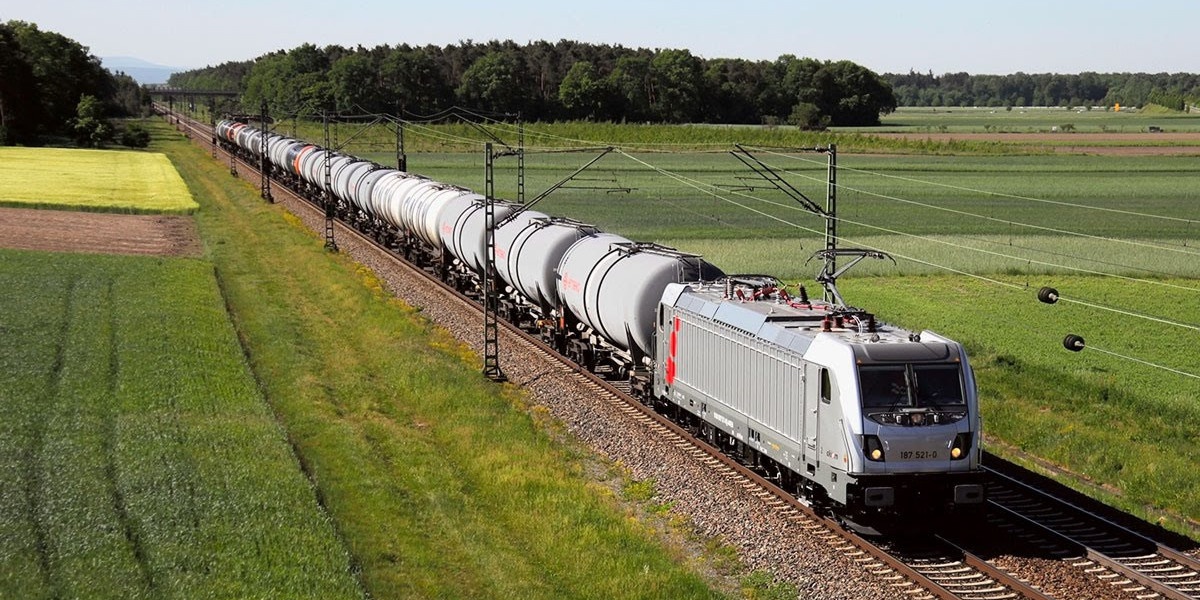Introduction
The global rolling stock market is witnessing rapid evolution, not only through technological innovation but also through strategic financial collaborations. One of the most significant drivers of this growth is the increasing reliance on Public-Private Partnerships (PPPs). These alliances are bridging the gap between public infrastructure needs and private sector expertise, enabling large-scale modernization of railway systems around the world.
Understanding Public-Private Partnerships in Rail
Public-Private Partnerships in the rolling stock market involve collaborative agreements where the government partners with private entities to design, finance, construct, operate, and maintain rail assets, including trains, signaling systems, and depots. These partnerships ensure that public transport remains efficient and up-to-date, without burdening national budgets.
Key Benefits of PPPs in the Rolling Stock Market:
Access to private investment and innovation
Improved project efficiency and timely delivery
Enhanced service quality and maintenance standards
Risk-sharing between public authorities and private operators
How PPPs Are Reshaping the Rolling Stock Market
1. Boosting Fleet Modernization
Governments across regions are leveraging PPPs to replace aging rolling stock with modern, energy-efficient trains. These include electric, hybrid, and even hydrogen-powered locomotives and coaches.
2. Driving Technology Integration
Through private partnerships, public transit systems gain access to advanced technologies like predictive maintenance, automation, and IoT-enabled monitoring, enhancing operational reliability and reducing downtime.
3. Accelerating Urban Mobility Projects
Metros, light rail, and commuter rail projects in fast-growing cities are increasingly being delivered via PPPs. Examples include metro expansions in India, Brazil, the UAE, and parts of Southeast Asia.
Global Examples of PPP-Driven Rolling Stock Initiatives
India's Rapid Rail Transit System (RRTS): Implemented through a PPP model, this high-speed regional rail project incorporates modern trainsets and digital systems.
UK's Thameslink and Crossrail Projects: These projects have included rolling stock procurement through private investment.
Saudi Arabia’s Riyadh Metro: Developed under a public-private model, integrating state-of-the-art rolling stock for urban connectivity.
Challenges of PPP Models in the Rail Sector
Despite the advantages, PPPs in the rolling stock market also come with complexities:
Long project cycles and delayed returns on investment
Regulatory hurdles and policy uncertainty
Contract management and dispute resolution risks
Balancing public interest with private profit motives
To address these challenges, clear contractual frameworks, transparent bidding processes, and effective risk management are essential.
Future Outlook: PPPs as Growth Enablers
With increasing demand for high-capacity, low-emission transportation, PPPs will continue to play a pivotal role in expanding the global rolling stock market. Emerging economies, in particular, are relying on private capital and expertise to build next-generation rail infrastructure that aligns with sustainability goals and urban development strategies.
Conclusion
Public-Private Partnerships are proving to be a transformative force in the rolling stock market, enabling governments to harness private sector innovation and investment for large-scale rail development. As nations strive to modernize their transit networks, PPPs will remain a key strategy in achieving efficient, smart, and sustainable rail mobility worldwide.








